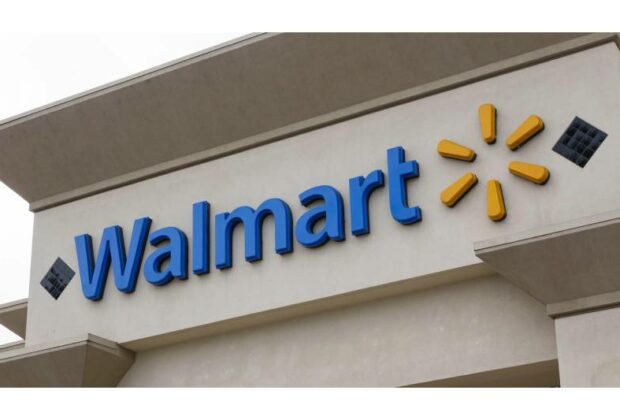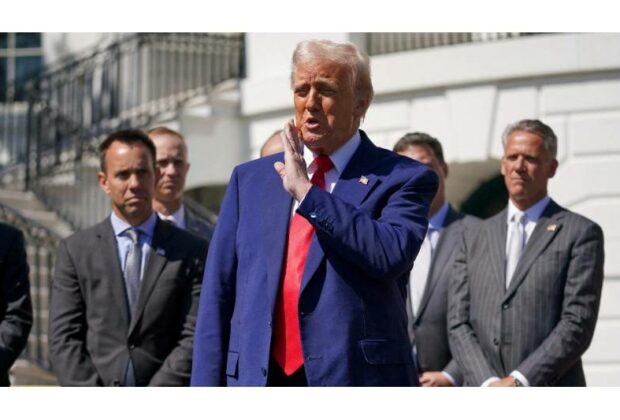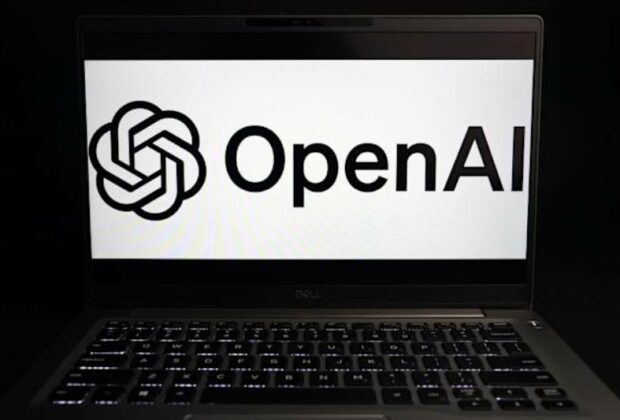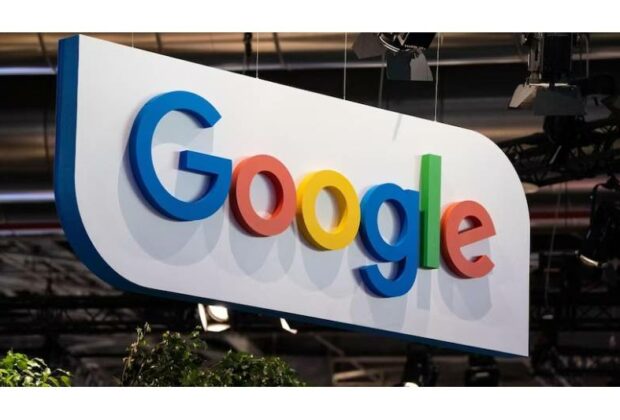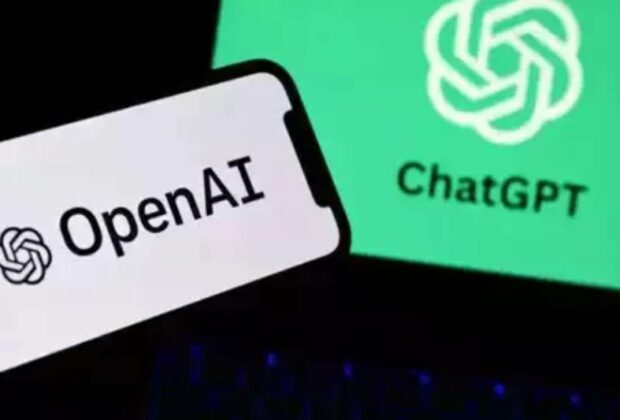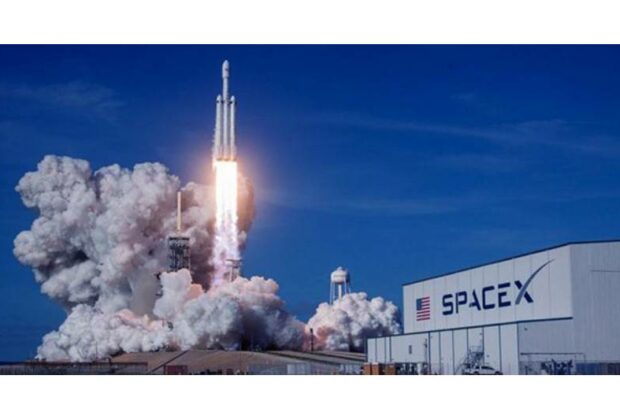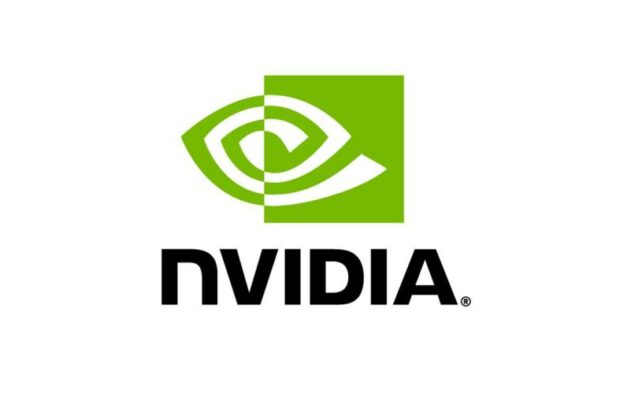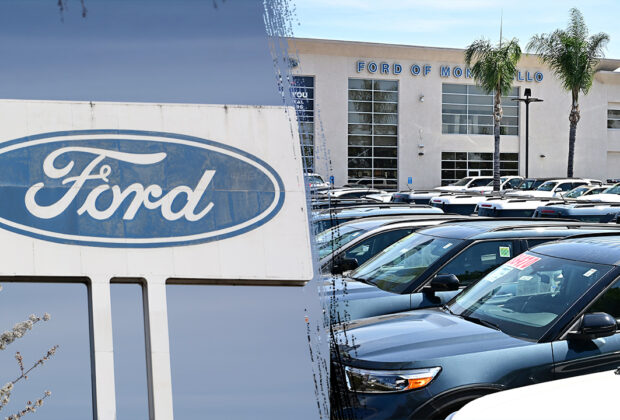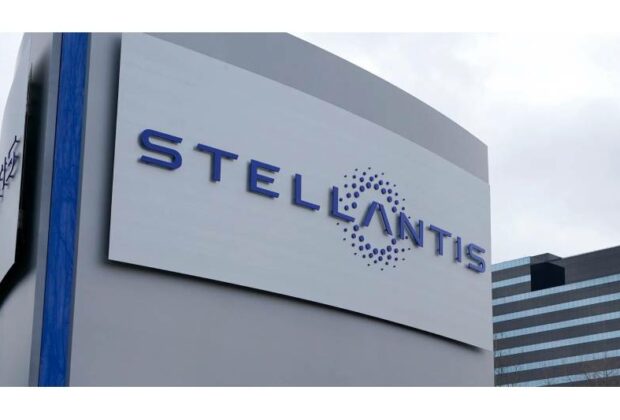Walmart is proving its resilience once again — this time by seizing opportunity amid global trade upheaval. As the U.S. imposes sweeping new tariffs under President Donald Trump’s latest trade policy, Walmart is adapting its strategy to remain competitive and potentially expand its market share.
On Wednesday, Walmart announced it would pull its financial guidance for the current quarter due to uncertainty surrounding the impact of 10% tariffs on goods from countries like China, Vietnam, and others. China, notably, will face even steeper tariffs, with rates jumping to 125%.
Despite this unpredictability, Walmart remains confident. The retail giant reaffirmed its full-year profit and revenue outlook, expecting annual sales to grow by up to 4%.
The reason for the cautious near-term guidance? Flexibility. Walmart’s Chief Financial Officer, John David Rainey, explained the company is leaving room to invest in price reductions to stay competitive as tariffs take effect. “We see opportunities to accelerate share gains while maintaining flexibility to invest in price,” he said.
Walmart’s stock responded positively, climbing 3% in early trading Wednesday, a signal that investors trust the company’s ability to outperform in a volatile retail landscape.
Analysts agree. With unmatched scale, a diverse supplier network, and strong tech and logistics capabilities, Walmart is in a prime position to weather the tariff storm. “Walmart is leaning into its scale advantage, tech capabilities, and supply chain prowess to lead at a time of heightened uncertainty,” noted Greg Melich of Evercore ISI.
While no retailer is completely insulated from trade-related headwinds, Walmart appears better prepared than most. Experts believe its ability to manage costs and maintain low prices could allow it to capture market share from less nimble competitors during this period of economic and geopolitical uncertainty.
Read Full Article
